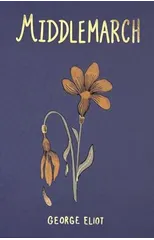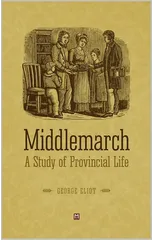Silas Marner
The Weaver of Raveloe (Victorian Novel)
(Autor) George EliotSet in the early years of the 19th century, the novel tells the story of Silas Marner, a young weaver, member of a small Calvinist congregation in Lantern Yard, a slum street in Northern England. He is accused of stealing the congregation's funds while watching over the very ill deacon. Silas claims that he is being framed and accuses his best friend, William Dane, and believes that God will direct the process and establish the truth. However, people don't believe him and the woman Silas was to marry breaks their engagement and marries William instead. With his life shattered, his trust in God lost, and his heart broken, Silas leaves Lantern Yard and the city for a rural area where he is unknown. Marner travels south to the Midlands and settles near the rural village of Raveloe in Warwickshire where he lives isolated and alone, choosing to have only minimal contact with the residents beyond his work as a linen weaver. He devotes himself wholeheartedly to his craft and comes to adore the gold coins he earns and hoards from his weaving. But another theft happens and it changes his life again.
George Eliot
George Eliot was the pen name of Mary Ann Evans, a prominent Victorian-era novelist known for her insightful and complex characterizations. Her most notable works include "Middlemarch," considered one of the greatest novels in the English language, and "Silas Marner," a poignant tale of redemption and community. Eliot's literary style is characterized by its psychological depth, moral complexity, and social commentary. She was a pioneer in the realist tradition, exploring themes of morality, religion, and human relationships in her writing. Eliot's contributions to literature include challenging traditional gender roles and societal norms, as well as expanding the scope and depth of the novel as an art form. Her work continues to be celebrated for its profound insights into the human condition and its enduring relevance in contemporary society.






